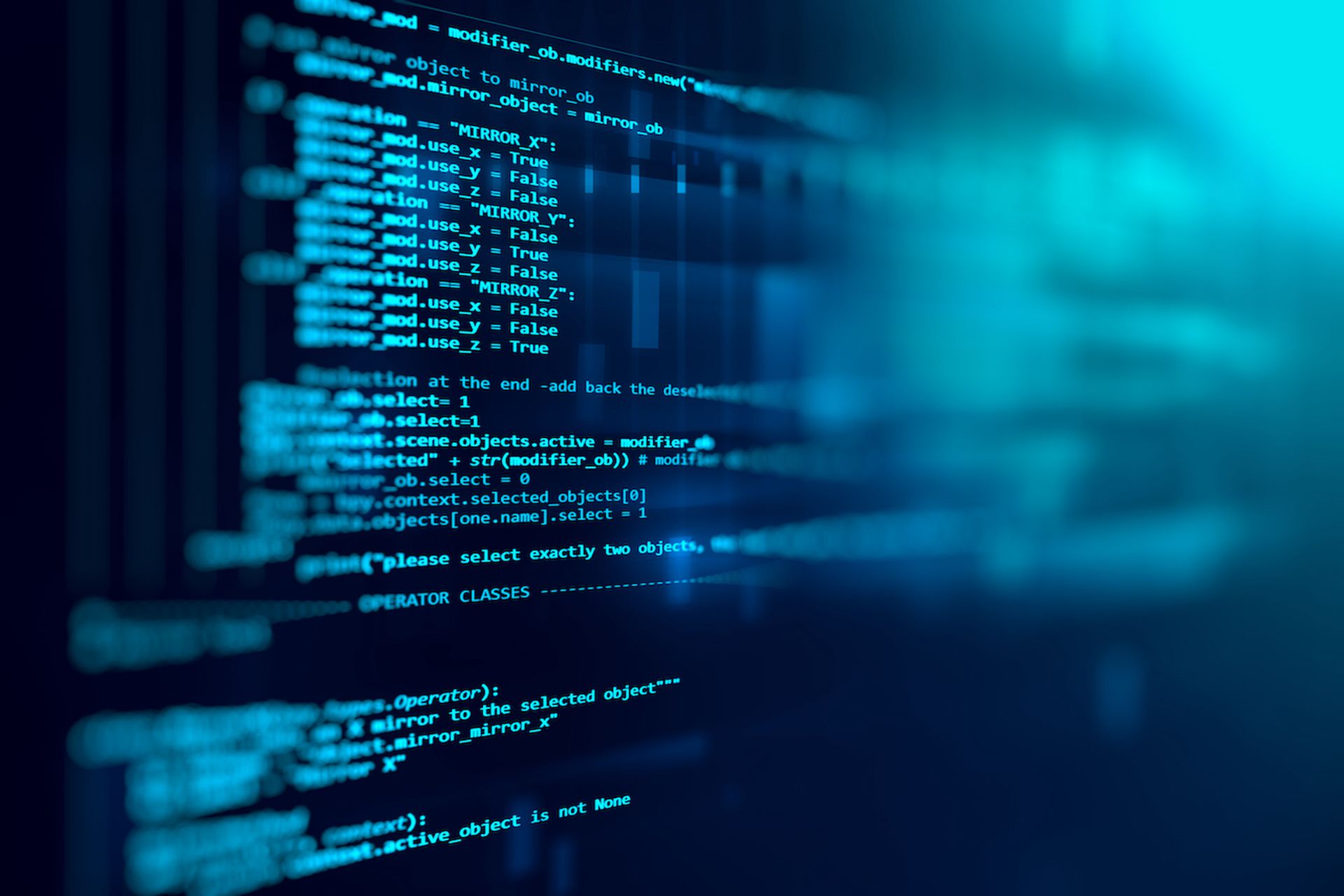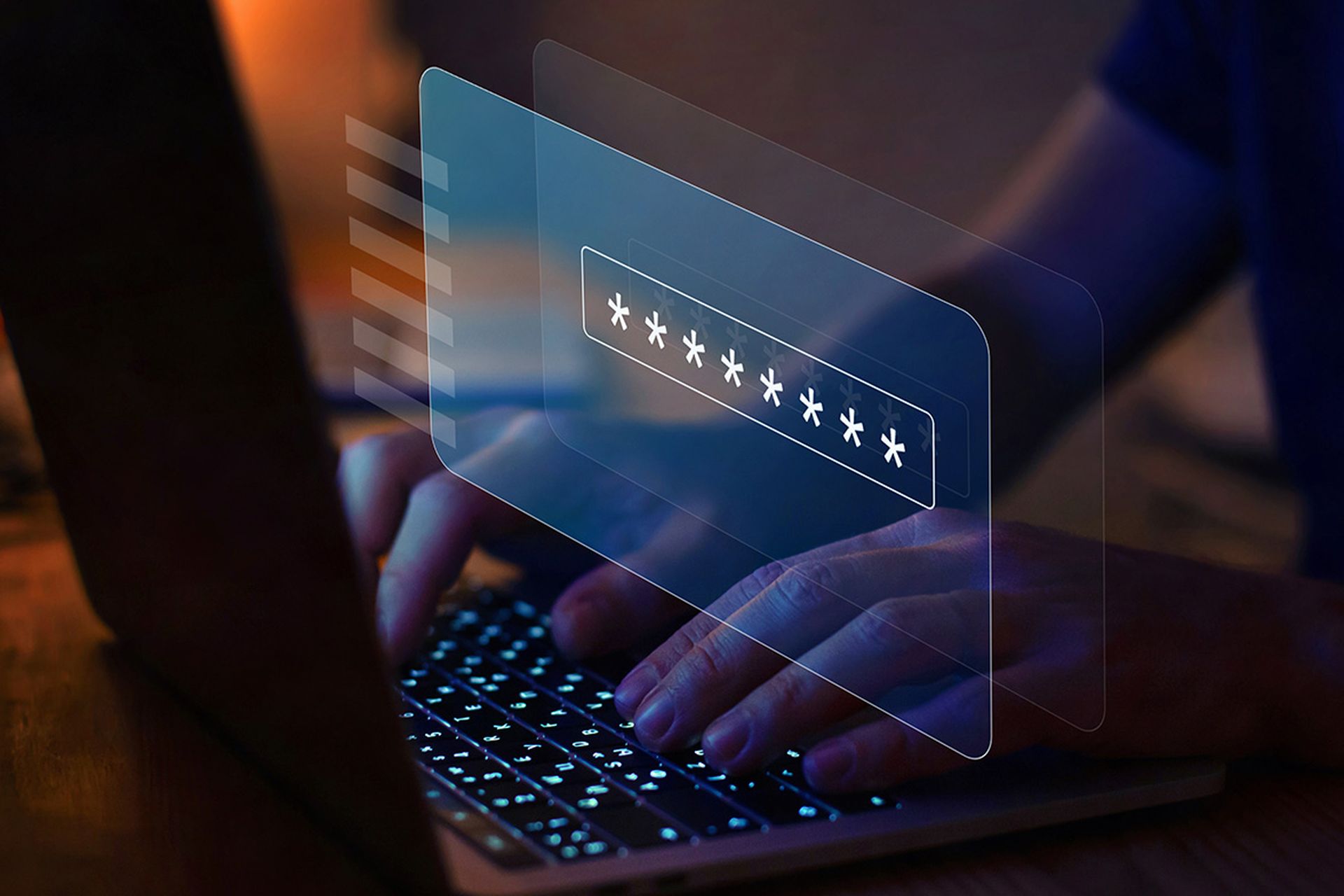Bad code costs organizations $2.41 trillion in the U.S. alone, and Gartner estimates that 70% of professional developers will use AI-powered coding tools by 2027 (up from less than 10% in September 2023).
Bad code is also a factor impacting cybersecurity, which has prompted the U.S. Cybersecurity Infrastructure & Security Agency to issue its Secure by Design initiative which include a set of principles implemented during the design phase of a product’s development lifecycle to dramatically reduce the number of exploitable flaws before they are introduced to the market for broad use or consumption.
The expense of bad code means that investing in high-quality software from the start, at the code level, is mission-critical. And there's a big opportunity for ISVs, software services providers and even resellers. By cleaning code as it’s developed, issues in new code get fixed (code that has been added or changed) before they become part of the legacy code and, in turn, high standards can be maintained with existing code improving over time, said Lynne Doherty, president of field operations at Sonar.
Doherty is new to the role, but not to the issues surrounding the need for clean code. Sonar announced Doherty's hire as president of field operations May 1, 2024 to accelerate revenue and strengthen partnerships, ensuring Sonar's customers are successful in their pursuit of clean code. (Sonar has also made secure-by-design principals a central part of its efforts to help code development.)
Lynne Doherty: Channel and Developer Background
Doherty most recently served as president of worldwide field operations at Sumo Logic, and before that held various leadership roles at McAfee where she drove over a billion dollars in annual revenue and helped take the company public and 16 years at Cisco. A developer at heart, Doherty said she is excited to get back to her software roots and drive global market expansion for Sonar by steering the company from product-led growth to go-to-market. She’ll also boost awareness of the importance of having a solid foundation of code that is clean to ensure quality and secure software — addressing the problem at the root versus solving for symptoms in the security market.
She spoke to ChannelE2E's Sharon Florentine about her new role, the shift in go-to-market strategy and the importance of a strong channel. The following conversation is lightly edited for clarity.
ChannelE2E: What led to your move and this new role at Sonar? How does it differ from your previous role at Sumo Logic?
Doherty: I’m really going back to my roots with Sonar, as I started my career as a developer. It’s a full circle moment for me to join an organization dedicated to helping developers write quality, secure code in a way that easily fits into the software development lifecycle. Sonar solutions — SonarLint, SonarQube, and SonarCloud — enable our customers to accelerate mission-critical delivery of software while reducing their technical debt, which is even more important as AI-generated code becomes a bigger part of our world.
Sonar has an incredible market opportunity and foundation, fueled by the love of its developer community, as well as a solid team, making it a very exciting time to join. I will be helping to accelerate growth efforts and evolve the GTM organization, as I did at Sumo Logic where I was focused on evolving the GTM organization for operational scale and speed.
ChannelE2E: What will your first 100 days look like?
Doherty: I’m diving right into learning the business, getting to know the team, and preparing to start executing against our goals, both in the short and long-term. Sonar today has over seven million developers and 400,000 organizations using its solutions, which is a huge foundation to build upon. I am dedicated to being a part of the company's continued growth, putting the fundamentals in place to help us scale and achieve long-term go-to-market success.
ChannelE2E: Where do you see opportunities for growth?
Doherty: We’re on a mission to reach our goal of $1 billion in revenue, and to help get there, we need to do several things: grow the team, scale the team, find operational efficiencies, and flawlessly execute along this journey. To grow the team, I am looking at expanding our global sales team to reach new, open source and existing customers around the world.
This also encompasses the development of our partner program at Sonar, which is up and running across much of EMEA and APJ and will be built out in the Americas. We have a huge opportunity to partner with ISVs and Alliances, service providers, hyperscalers, and GSIs, as well as traditional resellers, VARs and software consulting agencies. To continue our strong trajectory, we are hiring for roles to support these initiatives as well as other functions across the company.
ChannelE2E: What’s the importance of clean code for MSPs and MSSPs? There’s been so much focus on cybersecurity lately; is this a way to prevent problems before they result in a breach or an attack?
Doherty: There has to be a shift in mindset — we shouldn’t be focused on finding problems. We should be focused on preventing them in the first place. Software-driven digital innovation is essential for competing in today's market, and at the core of this is code. If organizations are to ensure the security of their software from the start, they must look critically at how their code is being developed and ensure it is clean (that is, consistent, intentional, adaptable, and responsible). When code meets these characteristics, developers and organizations can be confident that their software is secure and of high quality.
Not addressing issues and bugs at the source code level creates larger security gaps that threat actors can more easily exploit. As these problems move through the software development lifecycle, they get harder to resolve and take longer to fix. By focusing on code quality from the start, security risks can be better mitigated and can save businesses billions.
ChannelE2E: How do you plan to transition from product-led growth to GTM?
Doherty: Sonar’s founders started the company 15 years ago when they realized the need for a solution to support confidence in code quality. This led to the creation of the open source project known now as SonarQube, which quickly went viral in the developer community — it reached 2K downloads per month by 2010. That word-of-mouth praise turned Sonar into a critical developer tool and a booming business.
Though we are still committed to organic growth via PLG, I am focused on building off of this and scaling the fundamentals for us to become a true go-to-market machine, leading the demand generation, global sales, solutions engineering, customer success, and customer support teams globally. We have a big opportunity to reach net new customers, our open source users to educate them on what Sonar solutions for enterprise can help them achieve, as well as existing customers who may not have all of their code in Sonar solutions or know what value that can bring.
ChannelE2E: What’s the role of the channel and how do you plan to strengthen that going forward?
Doherty: We’re focused on building relationships in the channel to support driving and executing our go-to-market strategy in the most efficient and successful way we can. Getting Sonar solutions into the hands of developers around the world, we need to scale effectively with partners. I want to hone in on our partnerships and alliances and build new relationships. I also plan to grow my team to effectively meet the evolving needs of our existing partners around the world.
ChannelE2E: What are the trends you see in the industry right now that are leading to increased software investment? Gen AI? Tech debt? Security, etc.?
Doherty: There are a number of factors elevating the importance of and increasing investing in software. A major one is AI — it’s impacting every function within an organization and that is heightening the significance of software as a critical business asset and competitive advantage. Particularly as the use of AI coding assistants speeds development of and amount of code produced, potentially adding to and making it more difficult to efficiently address technical debt. While generative-AI is providing many benefits to developers, such as improved productivity, it can have drawbacks, like increased code churn (code that’s pushed then reverted back).
Regulations are also a driver of software investment. For example, we’re seeing organizations take a more proactive approach in how they handle their security — over 60 companies recently signed a Secure by Design pledge with CISA to build strong security into their software at the start of development.
When bad code costs $2.41 trillion in the US alone, and Gartner estimates 70% of professional developers will use AI-powered coding tools by 2027 (up from >10% in Sept. 2023), investing in software from the start, at the code level, is mission-critical. By cleaning code as it’s developed, issues in new code get fixed (code that has been added or changed) before they become part of the legacy code and in turn, high standards can be maintained with existing code improving over time.




